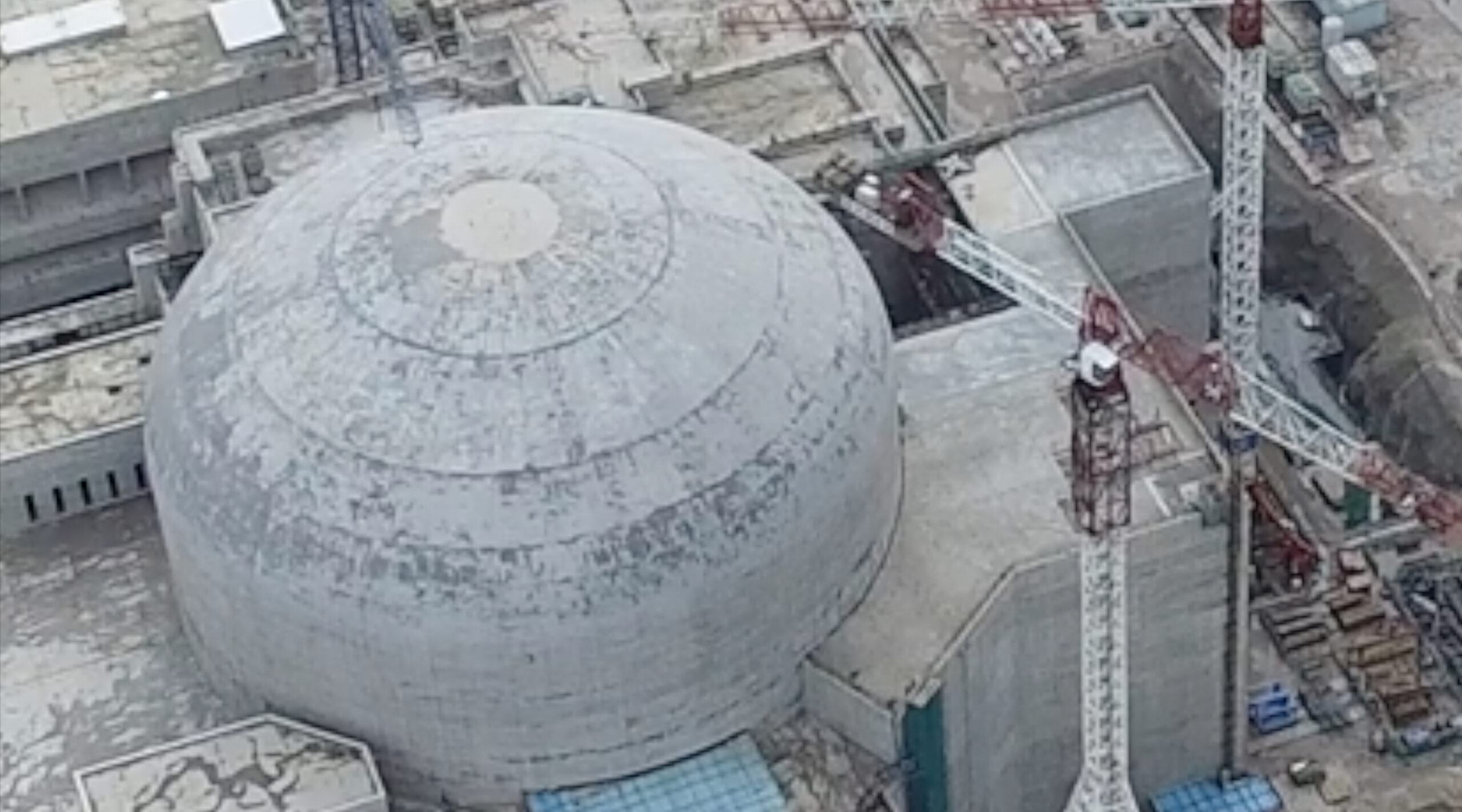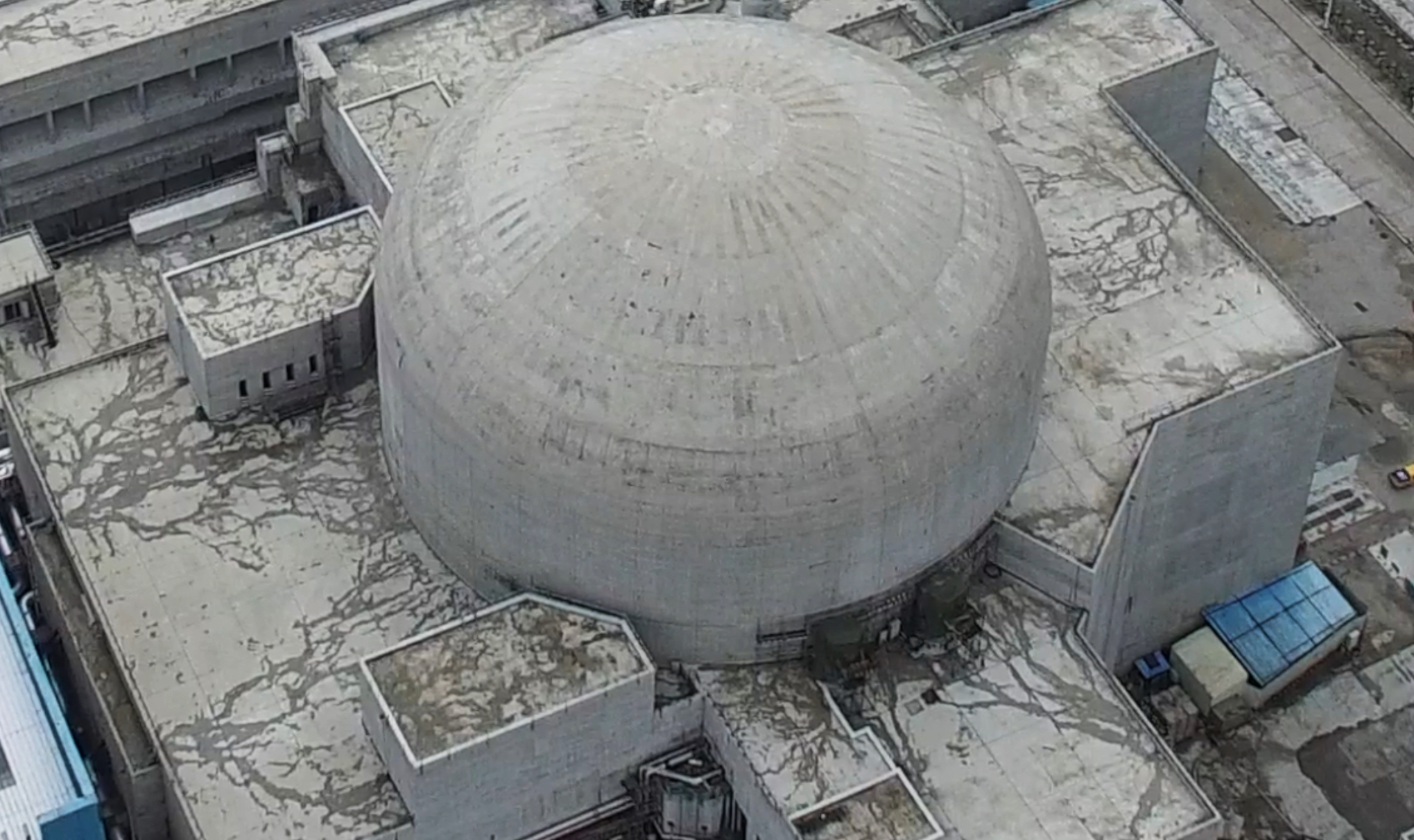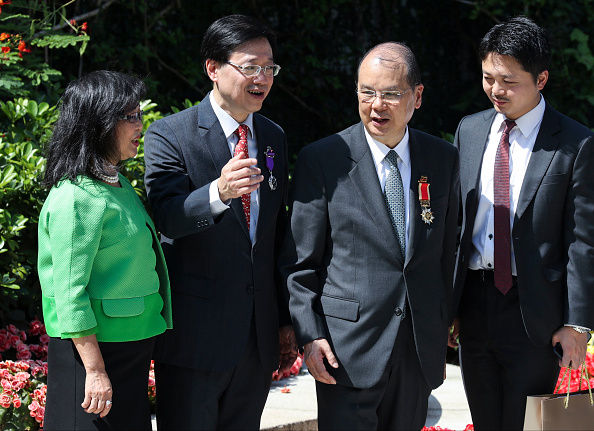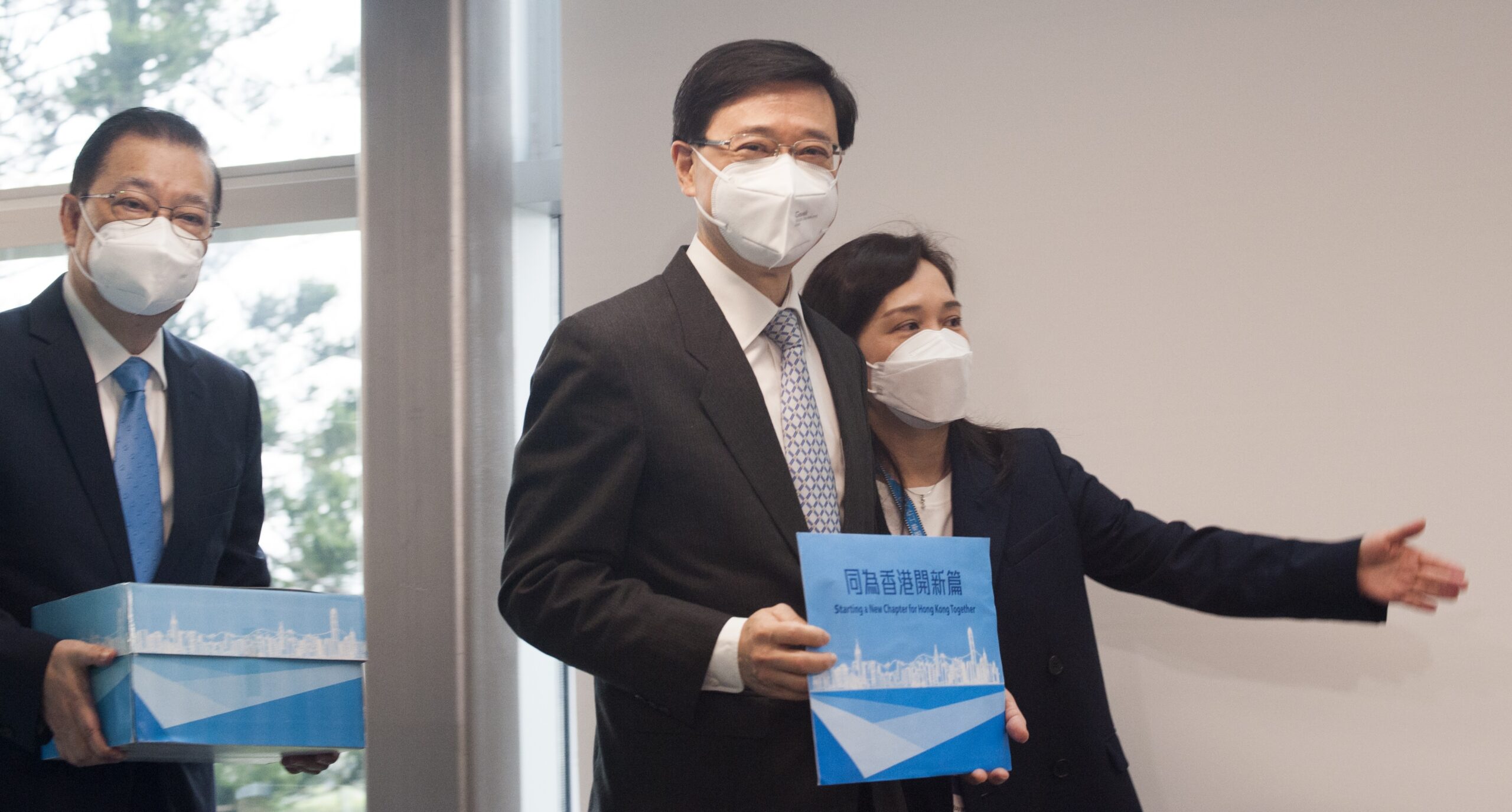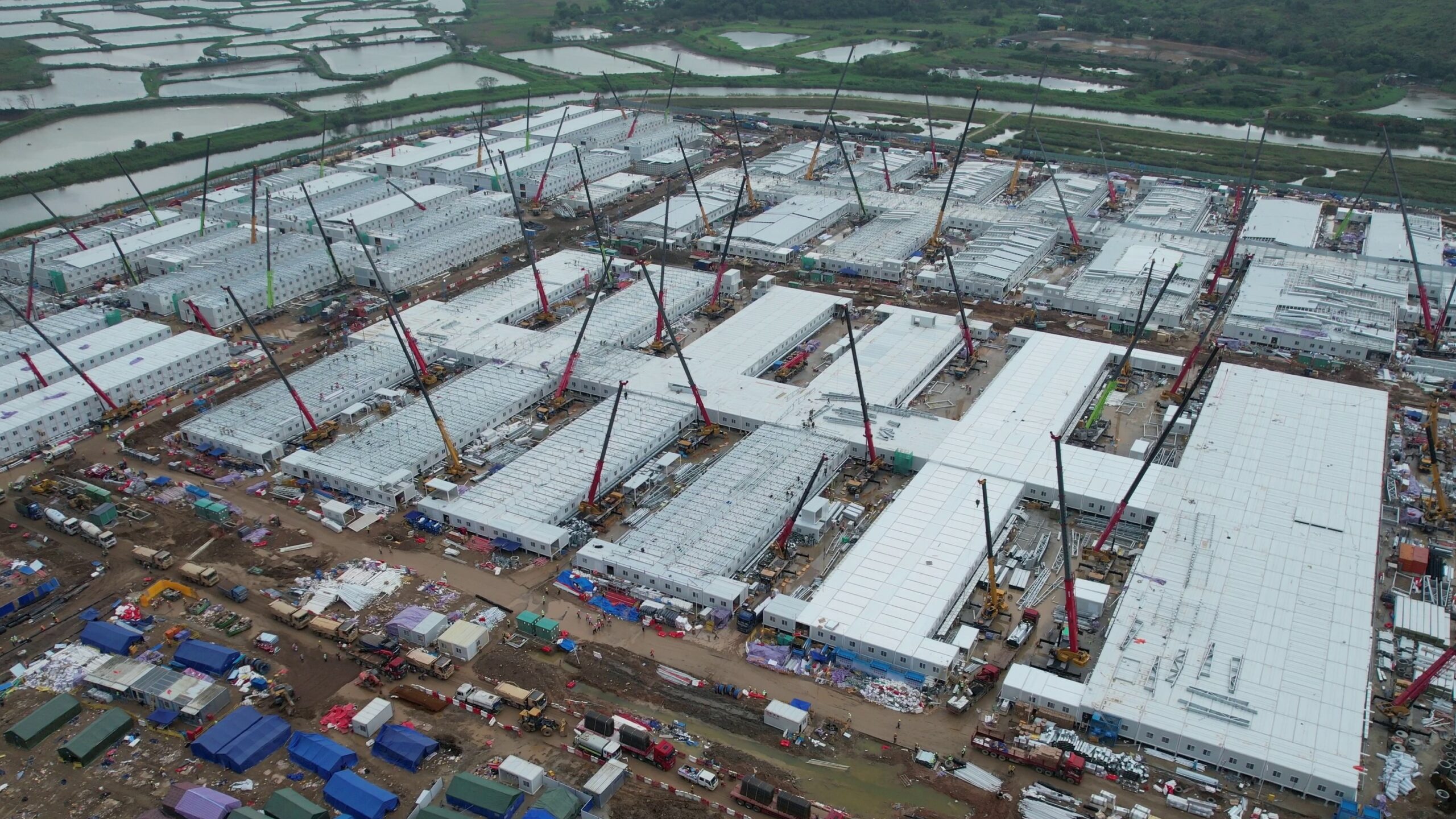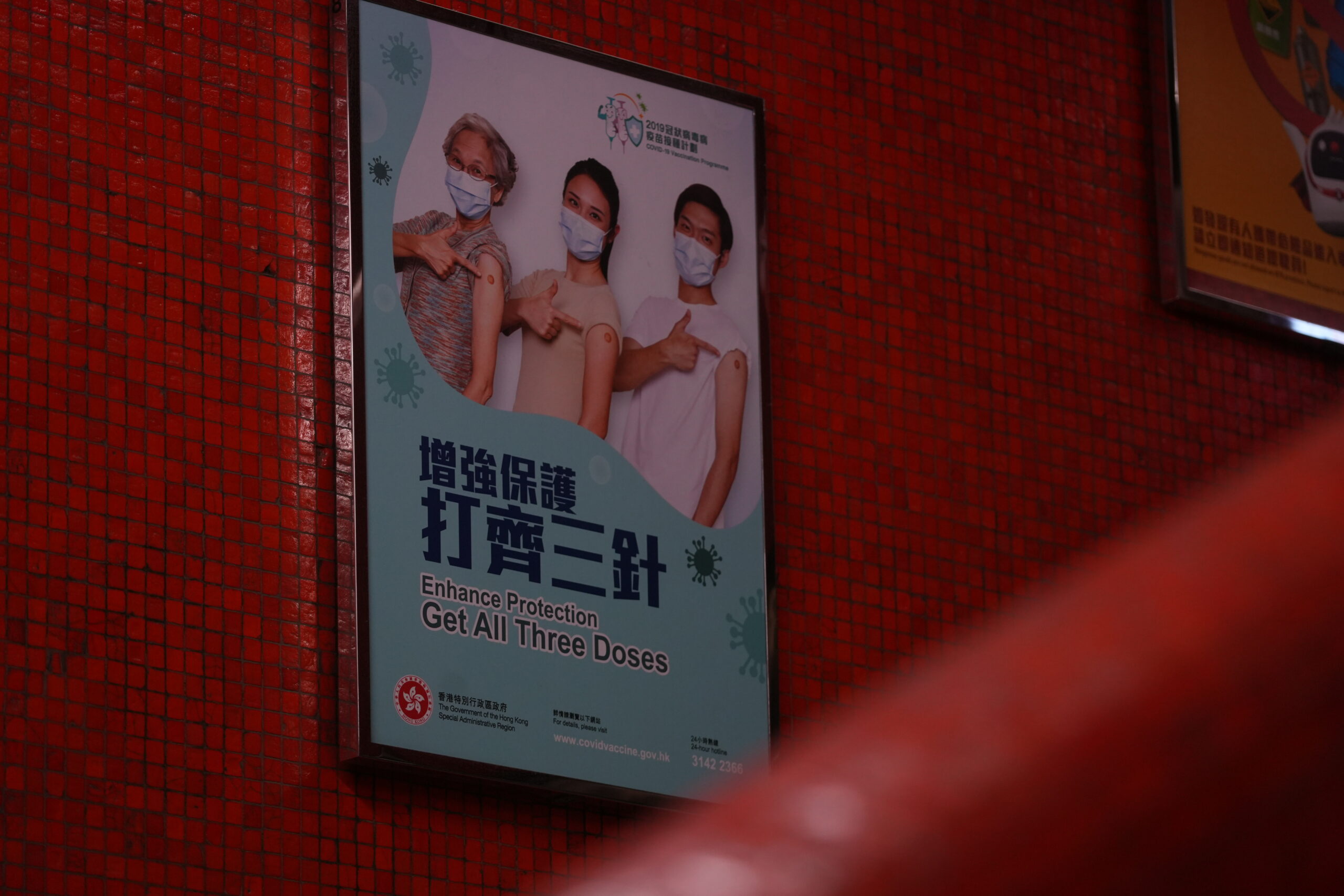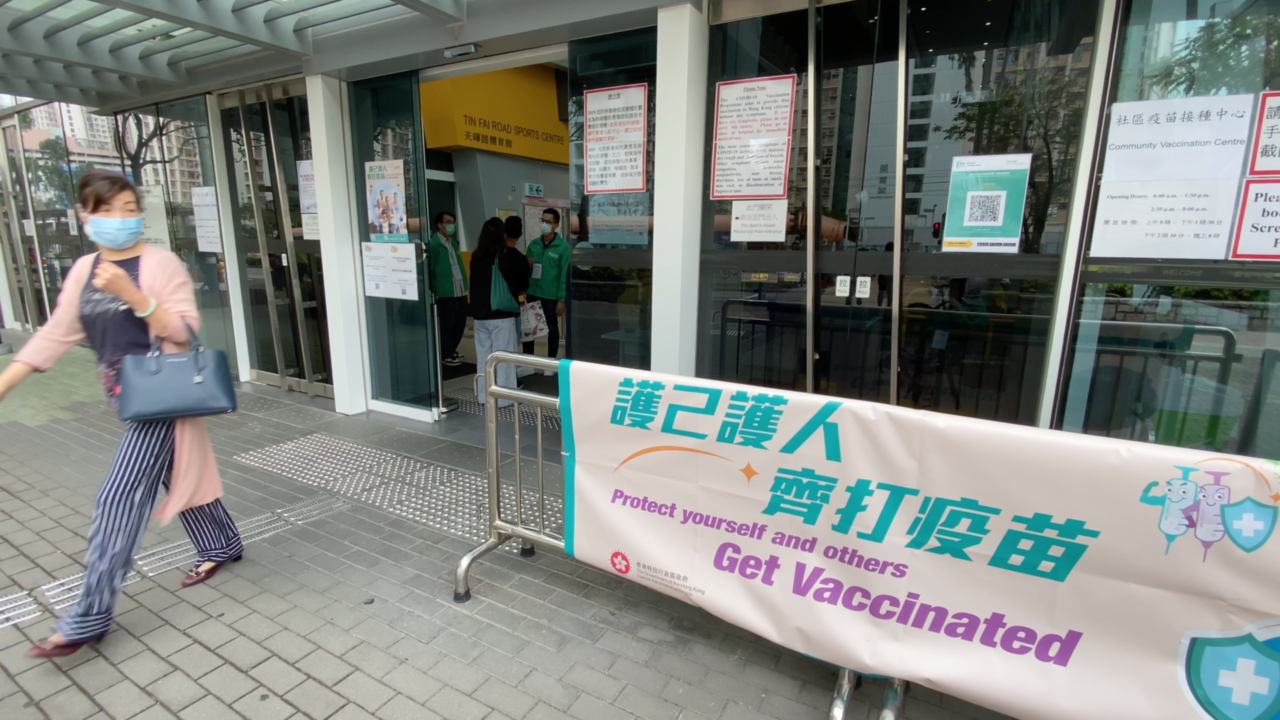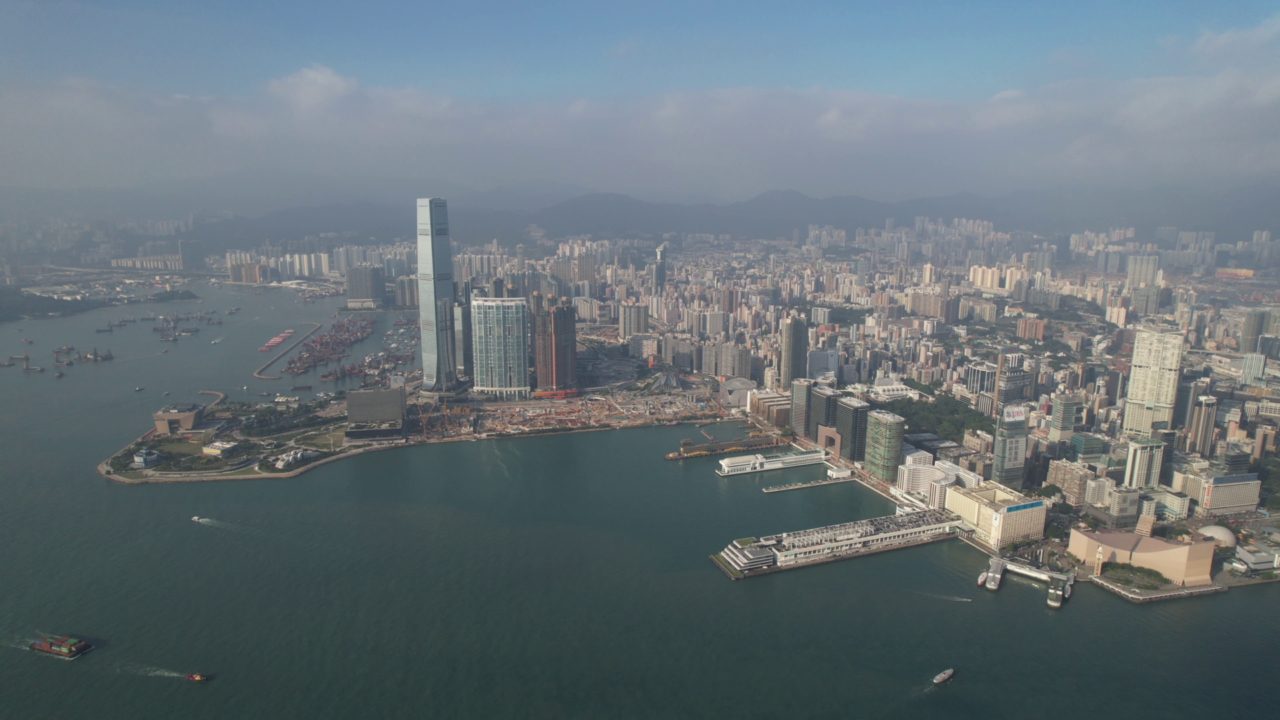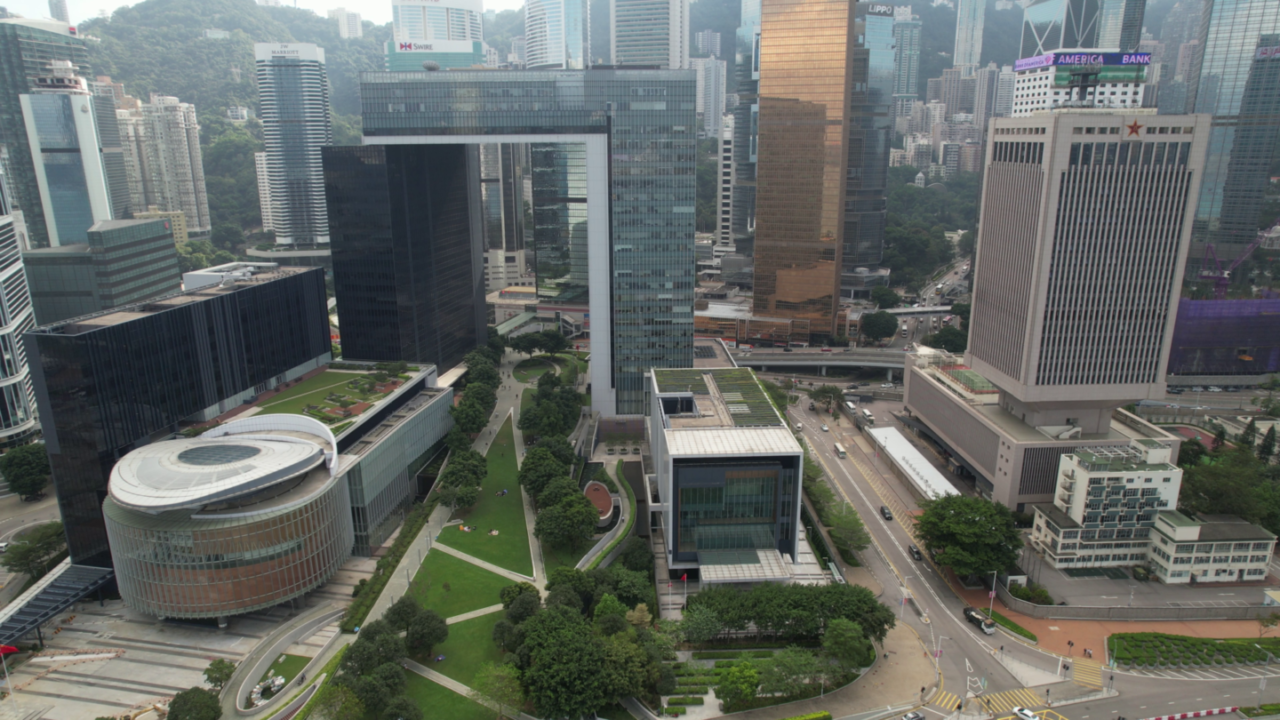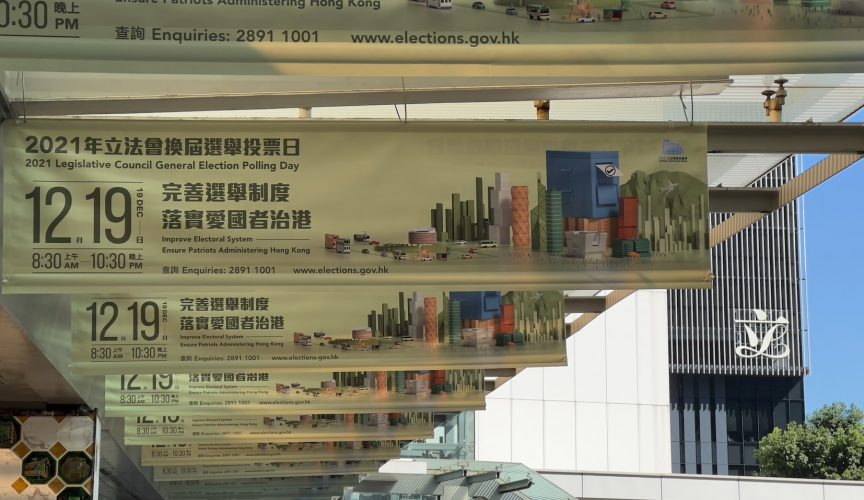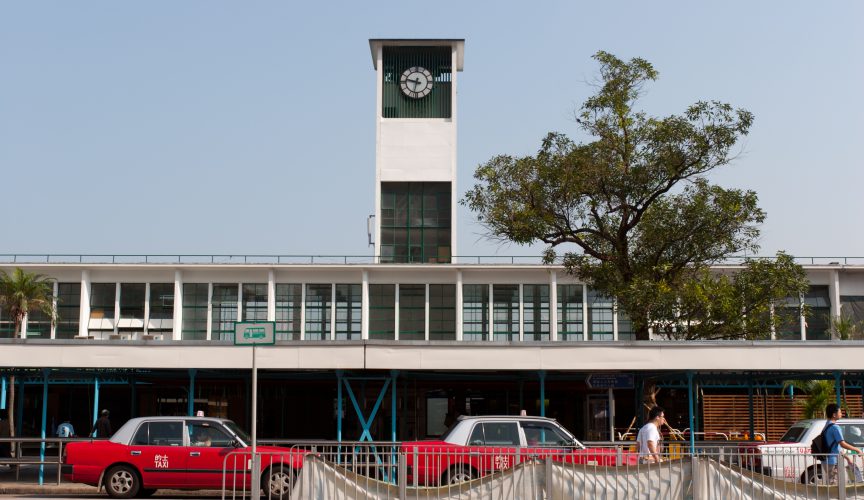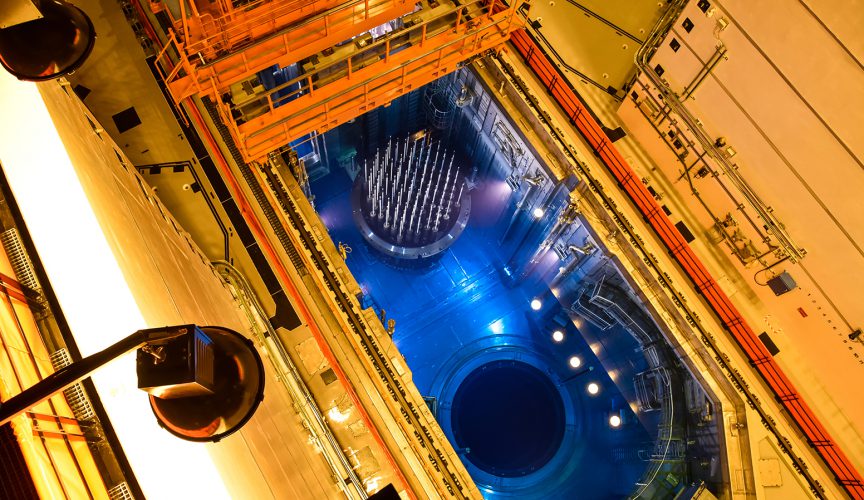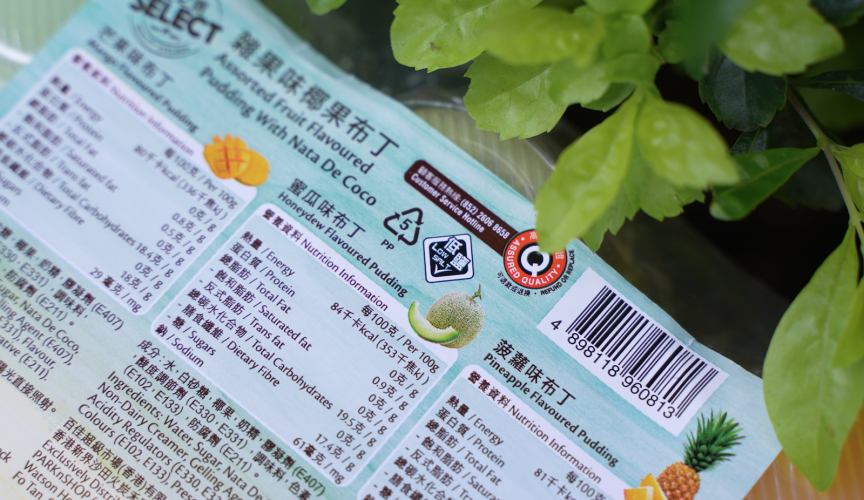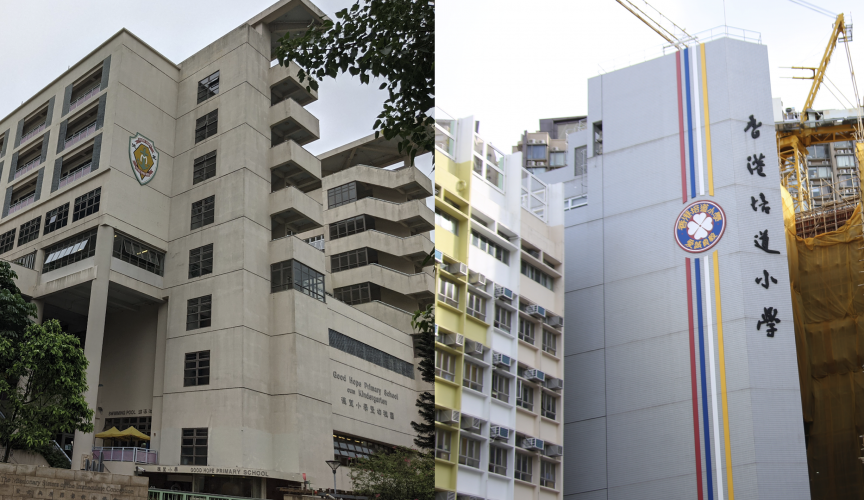Safety concerns over the Taishan Nuclear Power Plant have escalated as the plant nears completion and the concrete shells encasing the plant’s two reportedly faulty pressure reactors have now been sealed
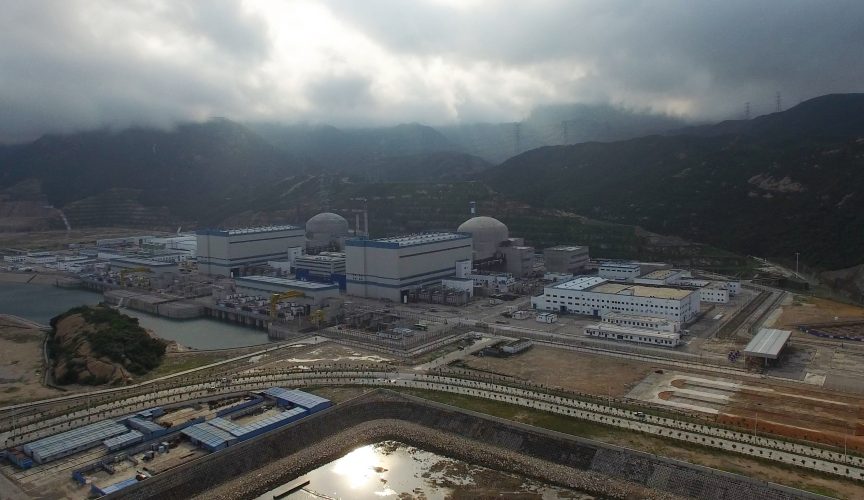
Safety concerns over the Taishan Nuclear Power Plant – located only 130km from Hong Kong – have escalated as the plant nears completion and the concrete shells encasing the plant’s two reportedly faulty pressure reactors have now been sealed, drone images gathered by FactWire can reveal. Significantly, the sealing of the shells means that they cannot be removed or replaced, even if proved unsafe.
At least seven French engineers based at the plant told FactWire that Unit 1 of the plant had already undergone a large number of tests and the soonest it could come into service would be 2018, a year later than the authorities have announced. However, they said the Chinese authorities had been pushing hard for the construction to speed up so that it could come online in 2017 as originally scheduled and become the world’s first power plant to use third-generation nuclear technology.
Safety concerns were sparked last year after problems were found in the reactor pressure vessels made by its French supplier. Surrounded by mountains and sited by the sea in Chixi town, Taishan Nuclear Power Plant is isolated and no one can enter without permission. FactWire sent a drone to obtain aerial footage. It found that the main facilities were complete and the construction appeared finished but for a few cranes still standing. The domes covering the two containment structures for the pressure reactors are now sealed with concrete, meaning that the twin reactors, which will hold radioactive material, are ready to be switched on.
Taishan Nuclear Power Plant is a joint venture between China General Nuclear Power Corp (CGN) and the French energy group Électricité de France (EDF). Fifty-one per cent of CGN’s 70 per cent stake in the joint venture is owned by its Hong Kong Stock Exchange listed subsidiary CGN Power (1816). CGN has consistently said that Taishan Unit 1 and Taishan Unit 2 would be up and running in the first and second half of 2017 respectively. However, seven foreign engineers and architects at the plant told FactWire that Unit 1 still required a large amount of tests, and the earliest it could start was 2018.
“They want the plant to be the first in the world to use third-generation nuclear technology”
A French electrical engineer at Taishan said: “The construction is delayed because of tests to be undertaken on the power generation system. Every part of the power plant needs to be tested. The soonest the plant could come online would be 2018. But we could also have to wait for another two, three, four or five years, or more. It all depends on the test outcomes and the position of the Chinese side. They want the works to finish as soon as possible.”
“Construction of the plant is finished. But now we need to review the entire construction process to make sure it meets the requirements. That is the reason why we have come here,” a French civil engineer at the plant said.
A French nuclear engineer with over 20 years’ experience and who specialises in nuclear reactors said: “I was based here in Taishan for three months at the end of last year. After cold tests were completed on Unit 1 on January 27, I returned to France for a one-month holiday. This time I’m back here for a year to prepare for all sorts of system checks, including steam pressure tests to be carried out next year. After that there’ll still be a lot of work to do. The earliest the plant could start up would be 2018.”
The same engineer said the Chinese operators had been anxiously pushing for construction to speed up, so that the plant could come into service next year. “They want the plant to be the first in the world to use third-generation nuclear technology.”
Some 200 engineers and other experts were dispatched from France to work at the Taishan plant in the first half of this month. A number of these experts have experience building nuclear power plants globally. They will soon be starting tests on the Taishan plant.
The entire Taishan project will see the building of six nuclear reactor units, with the two units constructed in the approved Phase I of the project costing 73 billion RMB in what is China’s biggest-ever electricity joint venture with an overseas operator. Using the French-developed third-generation European Pressurised Reactor (EPR) technology, the two units will form the world’s most advanced nuclear power facility today. According to the original contract with EDF, the Taishan EPR units would be the third and fourth to enter service in the world, following units in Finland and France.
However, ASN, the French nuclear safety authority, found in April last year problems in the EPR’s vessel made by EDF’s subsidiary company AREVA. It was discovered that the amount of carbon in the top and bottom of the reactor’s vessel was 0.3 per cent, 36 per cent above the statutory limit. As the strength of the vessel decreases, it runs the risk of being too brittle to sustain massive temperature or pressure increases, which could lead to radiation leaks. Construction of the EPR units in Finland and France stopped following the revelations, yet work at Taishan has continued. CGN announced at the end of last year that the start date of the Taishan plant would be postponed from 2016 to 2017. It said that since no nuclear power units using third-generation nuclear technology had yet commenced commercial operation anywhere in the world, tests would still have to be conducted on nuclear power unit configurations and performance.
New test results released by EDF and AREVA in April 2016 indicated that the excessive amount of carbon in the steel in the top and bottom of the reactor’s vessel was more than initially estimated – the carbon anomaly in fact extends beyond mid-thickness of the vessel. More time is now needed for further testing, which is expected to be complete at the end of this year. The review in April also revealed irregularities in the inspection checks of 400 parts produced at AREVA’s Le Creusot facility in eastern France since 1965. The checks found modifications in the test results, and 350 of the 400 parts concerned had not been located.
CGN Power (1816) invited Hong Kong media representatives to visit the company’s HQ in Shenzhen on May 18, where the group’s spokesperson Wang Xiaofei responded for the first time to concerns over the reactor’s vessels. Wang said nothing was found to be sub-standard, after AREVA had performed a comprehensive review of the manufacturing process of the parts in the two units at the Taishan plant according to the requirements of the “relevant regulations”. He expressed optimism that Units 1 and 2 would enter service in the first half of next year. However, he did not mention the results of the non-destructive tests that the Chinese National Nuclear Safety Administration (NNSA) had ordered on the units last year.
Professor Woo Chung-ho is a Hong Kong physics scholar who has previously worked with Atomic Energy of Canada, that country’s largest nuclear science and technology laboratory. He believes that the safety risks at Taishan are real, given that in seeking to be the world’s first EPR nuclear plant, it has effectively turned into a testing ground.
“There’s as yet no EPR plant in service anywhere in the world. Taishan is therefore trying something with no experience from others to rely on,” Woo said. “EPR has been plagued with a host of known problems and the Taishan units will be the world’s first. China is taking a big step forward but I think we have to be very cautious.”
Woo said good operation management was critical to the safety of the nuclear plant, yet he did not have confidence in China’s working culture. “It’s all about the risk awareness of the people in charge, which in turn shapes the corporate or working culture of a place. This relates to their culture and knowledge. It is also a question of habits.”
A nuclear energy market expert who spoke to FactWire anonymously believes financial pressures explain why the Taishan project’s Chinese investors are pressing for it to enter service. He said that Unit 1 at the plant was originally meant to be launched back in 2013, and the long delay has now massively increased costs, meaning the project is losing money every day.
“No one takes money out of their own pocket in this kind of company. All funds are borrowed, whether from banks or bonds, so there’s interest on everything. No profit means money lost on interest. You can work out the massive sum they’re losing daily if you go back to the average amount of electricity the plant is projected to generate each day,” the source said. He also highlighted persisting safety concerns with nuclear energy, saying that though multiple technology upgrades in recent years had brought the incident rate down to 0.01 per cent, six of the 400 active reactors in the world had already experienced problems. In other words, that rate has now exceeded 1 per cent.
Albert Lai Kwong-tak, convenor of Hong Kong think tank the Professional Commons and a close observer of China’s nuclear energy development, said that it was unacceptable for the Taishan Nuclear Power Plant to be the first EPR plant to go into service in the world ahead of France, effectively bypassing supervision by the French nuclear safety authority.
“The amount of radioactive nuclear fuel stored at the Taishan plant is three times that of Fukushima.”
Lai believes that given EDF wants to export its third-generation nuclear technology around the world, it would not wish the Taishan project to go wrong and risk damaging its reputation.
However, he added a note of concern. “Since EDF’s share in the Taishan project is only 30 per cent, the Chinese side has the power to decide when to turn on the units,” Lai said. “And because CGN only has to report to NNSA, it is not obliged to do anything, even if the EPRs do not pass the examination of ASN [the French nuclear safety watchdog]. The key point here is whether it is explicitly stated in the skill transfer agreement between the two sides that CGN must have ASN’s authorisation before they could activate the reactors.”
Lai added that previous NNSA updates showed it was not fully aware of the situation in Taishan, and questioned if serious financial pressures would force AREVA to compromise safety at the plant. The French firm was only saved by a state rescue last year after third-generation nuclear technology problems pushed it to the brink of bankruptcy.
During French President Francois Hollande’s visit to China last November, CGN announced the purchase of a stake in AREVA, and the two sides signed a memorandum of understanding. Market estimates at the time predicted that AREVA would face a 3.4 billion euro deficit in 2017.
Lai is worried that safety levels are continuing to fall in Taishan. “The amount of radioactive nuclear fuel stored at the Taishan plant is three times that of Fukushima. If a large-scale nuclear leak happens, it will affect a 7,000 sq km area surrounding it, endangering over 50 million people including everyone in Hong Kong.”
An AREVA spokesman said all matters related to Taishan should be answered by CGN Group, the leader of the project. CGN Power, the subsidiary responsible for the plant, will hold its shareholders’ meeting tomorrow and reiterated the importance of nuclear safety to the company. It did not respond to other enquires from FactWire.

